Sendai Tanabata Festival
I’ve put together an introduction to the Tanabata Festival in Sendai, the most famous festival in Japan, and the origin of Tanabata.
“Sendai Tanabata Festival” is the most famous Tanabata Festival in Japan held in Sendai City, Miyagi Prefecture for three days from August 6th to 8th every year. Along with Aomori Prefecture‘s “Nebuta Festival” and Akita Prefecture‘s “Kanto Festival“, it is counted as one of the three major festivals in Tohoku, and attracts more than 2 million tourists every year.

There are various theories about the origin of the Tanabata event, such as the Chinese “star festival legend” where the Herdsman (star Altair) and the Weaver Girl (star Vega) meet across the Milky Way once a year, and the “Kikkouden” event, also in China, to wish for the improvement of women’s sewing skills, in addition, the tradition of the Japanese “Tanabatatsume,” who dedicates textiles to the gods, the custom of “floating lanterns” and the ancient Japanese custom of Misogi ablutions in which purifying the mind and body by bathing in water, et cetera, it is believed that these events were combined to form the Japanese Tanabata event.

In the legend of the Star Festival, Shangdi’s daughter, the Weaver (Japanese name: Orihime), was only weaving, so Shangdi got worried and married her to a hard-working the Herdsman (Japanese name: Hikoboshi) on the opposite bank of the Milky Way. After that, the two fell madly in love and stopped working at all, and the Shangdi was angry and separated them on both sides of the Milky Way. However, they are allowed to cross the Milky Way and meet only once a year on the night of the 7th day of the seventh month of the lunar calendar.
This legend was born from the fact that the Weaver star(Vega of Lyra) and the Herdsman star(Altair of Aquila) approach once a year on the night of July 7th in the lunar calendar.

In Japan, a weaving machine with a shelf (horizontal plate) is called a “Tanabata”, and the girl who weaves cloth with that machine is called a “tanabatatsume”. The tradition of “Tanabatatsume” is that on July 7th of the lunar calendar, “Tanabatatsume” shut herself in the weaving hut, woven cloth, set it on the shelf, and welcomed the gods to pray for a bountiful harvest.

“Kikkouden” is an ancient Chinese custom, but it was introduced to Japan in the Nara period (around the 8th century). On the night of the 7th day of the 7th month of the lunar calendar, the Weaver star is enshrined, and sake, fruits, sweets, etc. are offered to pray for improvement in arts such as weaving, sewing, singing, dancing, and music, as well as poetry and calligraphy. Since the Edo period (around the 17th century), people began decorating bamboo sasa grasses branches with Tanzaku strips of paper.
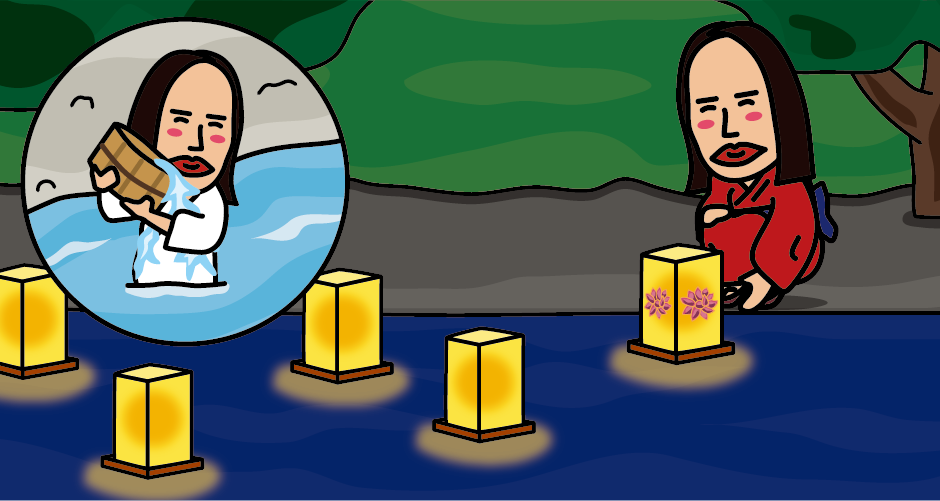
As an ancient Japanese custom, on the seventh day of the seventh month of the lunar calendar, people used to perform “Floating Lantern”, in which they cast lanterns into rivers or the sea to ward off misfortune, or performed Misogi purification by bathing in the water to purify their bodies and minds. Until the Edo period (19th century), Tanabata events in Japan were combined with the Obon festival to welcome the spirits of ancestors, but after the Meiji era (mid-19th century), when the Obon festival was held one month later in August, the relationship between Tanabata events and the Obon festival faded away, and “Floating Lanterns” became more like an Obon event to send off the spirits of ancestors.

The arcades in the center of Sendai city and the surrounding shopping streets are filled with colorful bamboo decorations. The Sendai Tanabata Festival is characterized by the decoration of seven types of bamboo decorations called “Nanatsu kazari,” which are centered on the streamers. During the festival, bamboo sasa grasses more than 10 meters long are lined up with the streamers 3 to 5 meters long with a Kusudama ornamental ball attached.

The seven decorations are: (1) tanzaku (strip of paper, for improvement in studies and calligraphy), (2) kamigoromo (Kimono clothes, to ward off illness and misfortune), (3) orizuru (paper crane, for good health and long life), (4) kinchaku (purse, for increase one’s money), (5) toami (casting net, for good catch and good harvest), (6) kuzukago (wastebasket, for thrift), (7) fukinagashi (streamers, for improvement in sewing and crafts). Each decoration has its own meaning.

The Sendai Tanabata Festival is said to have originated when Date Masamune, the founder of the Sendai domain, promoted Tanabata for the purpose of improving women’s culture. Zuihouden Tanabata Night” is held at Zuihouden, a facility dedicated to Date Masamune, for three days from August 6 to 8, from 6:00 p.m. to 9:00 p.m. every year, decorated with bamboo sasa grasses and bamboo lanterns on the approach to the facility and in the grounds. Zuihouden is not a shrine or temple. It is the mausoleum of Date Masamune.
Access to Sendai Tanabata
[Railway]
It takes about 1 hour and 30 minutes from JR Tokyo to JR Sendai Station by Tohoku Shinkansen. Get off at JR Sendai Station.
[Airplane]
It takes about 1 hour and 15 minutes from Itami Airport to Sendai Airport. It takes about 30 minutes from Sendai Airport Station to JR Sendai Station by the Sendai Airport Line.

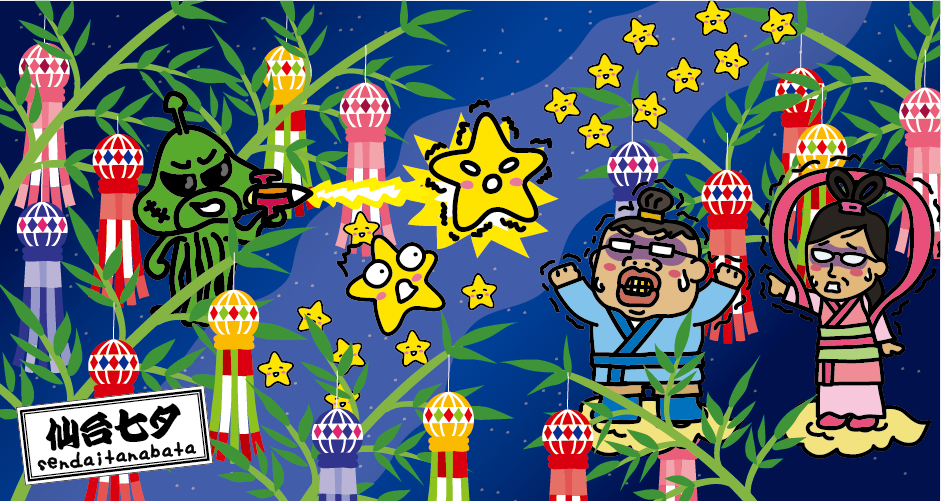


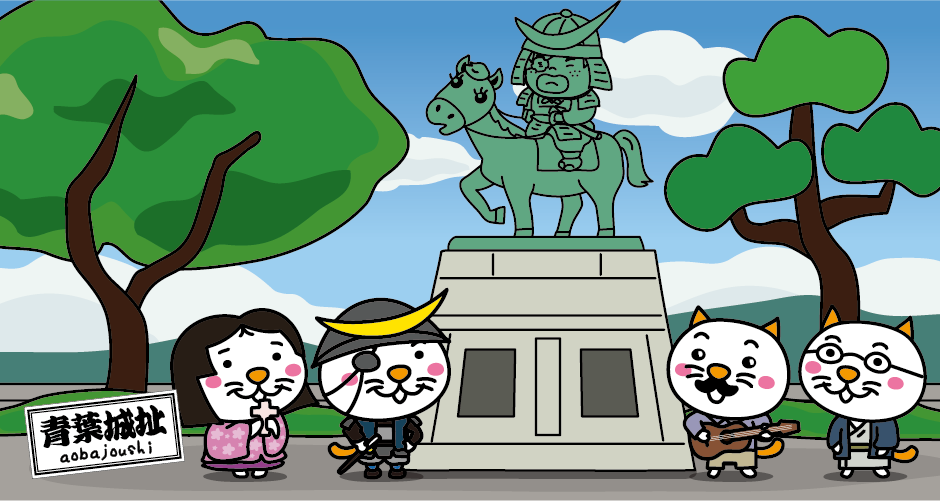

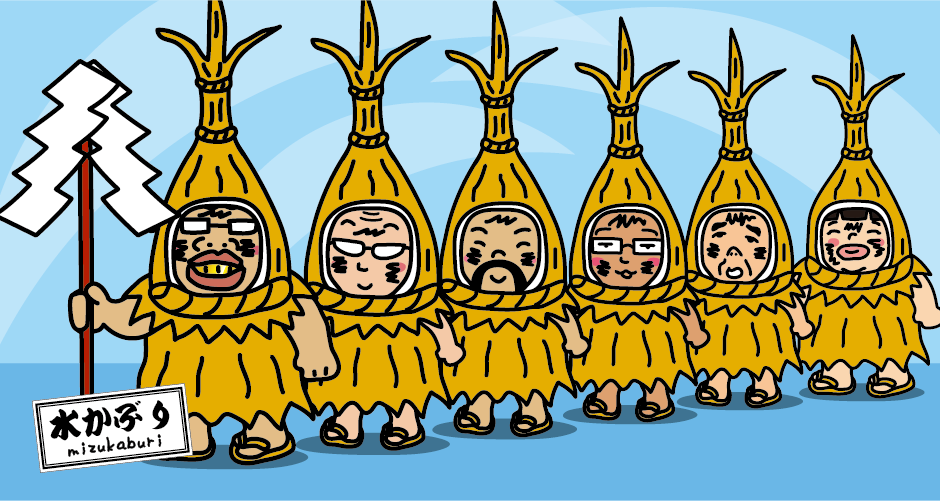


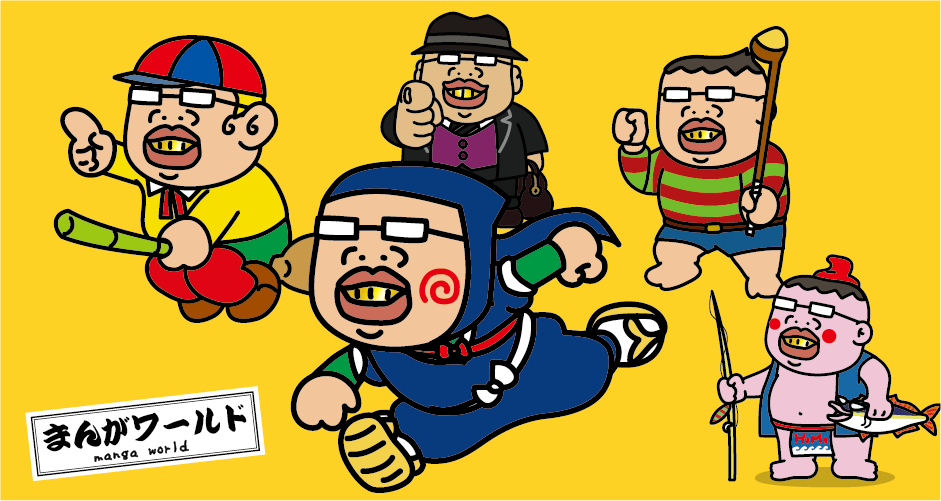
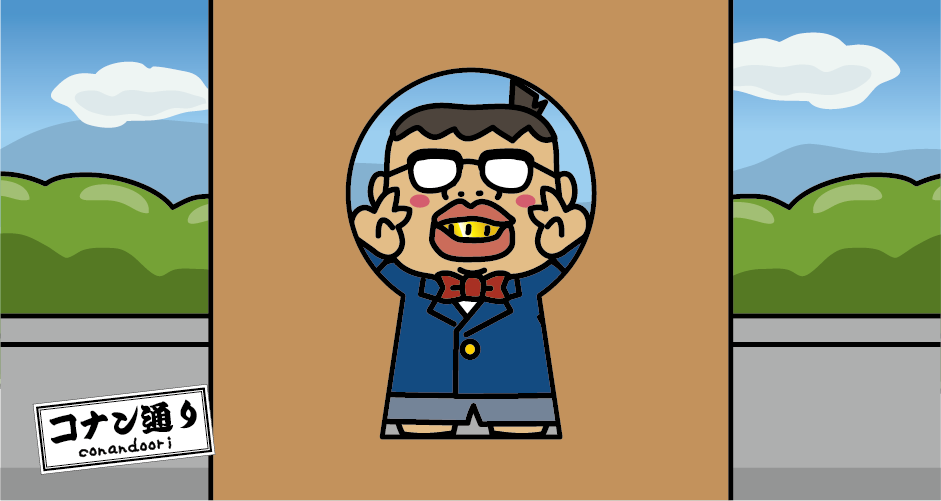


You need to login to comment on an article.